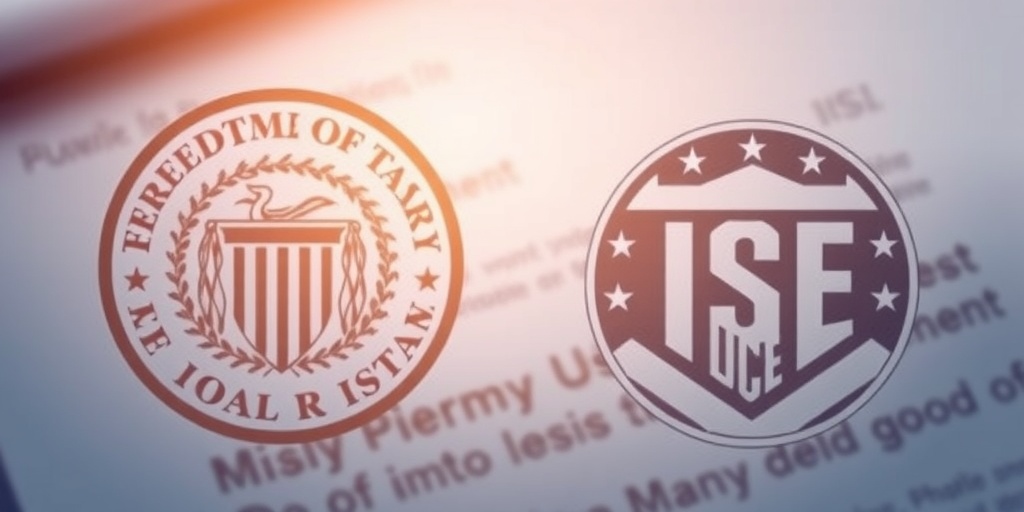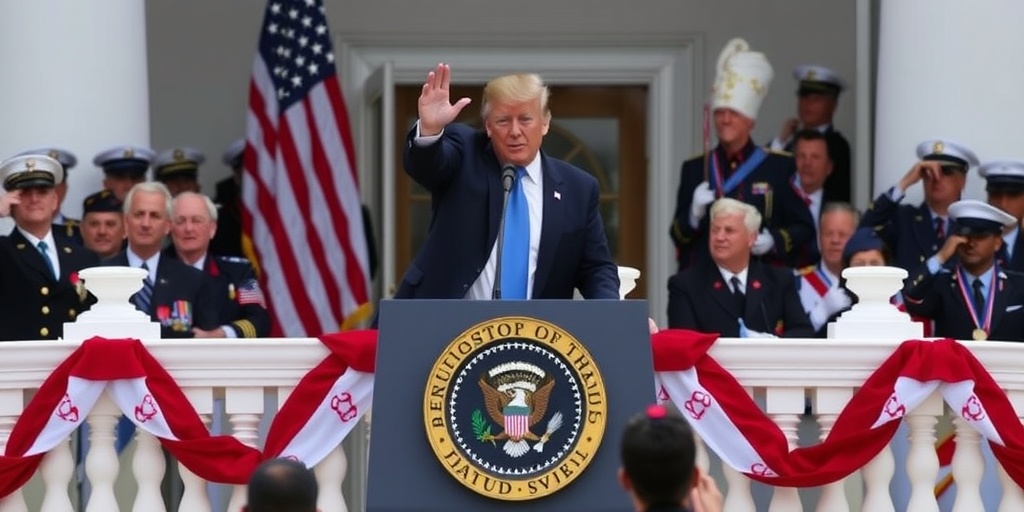Now Reading: Burgum’s Conflict Management Promises Face Challenges as Issues Arise
-
01
Burgum’s Conflict Management Promises Face Challenges as Issues Arise
Burgum’s Conflict Management Promises Face Challenges as Issues Arise

Conflicts of Interest: Doug Burgum’s Investments and Governance
Doug Burgum, who stepped into the role of governor of North Dakota in 2016, faced immediate scrutiny over his substantial wealth, encompassing extensive real estate investments and significant financial interests in technology and energy sectors. His portfolio coincidentally included numerous urban development projects that were poised to benefit from state regulations and tax incentives he would now oversee as governor.
In his first address to the local media, Burgum proclaimed his intention to “manage” his conflicts of interest rather than divest his holdings. Reflecting on this commitment, he remarked, “The issue here is to make sure that I have no conflict of interest relative to many state programs and decisions.” However, as his governorship progressed, it became increasingly evident that the breadth of his financial interests would frequently cross paths with his policy decisions.
One significant area of concern was the extensive urban revitalization efforts in Fargo, which received targeted state and federal tax benefits. Despite the potential for conflicts arising from his involvement in these developments, Burgum did not disclose the specifics of how he would navigate any ethical dilemmas or conflicts.
In light of these issues, Burgum’s nomination as secretary of the interior under Donald J. Trump has raised even more substantial inquiries regarding how he plans to steer clear of conflicts in a position that significantly influences public land use policy. His spokesman defended Burgum’s character, asserting, “Everyone who knows Doug Burgum knows that he is a man of outstanding character and ethics who complied with all guidelines as governor.”
To mitigate perceived conflicts, Burgum agreed to divest from several investments linked to oil and gas, as well as mineral leases. However, he opted to retain other investments that, while potentially affected by decisions made by the interior secretary, could be managed through recusal or waivers. The scrutiny surrounding the Interior Department’s ethical pitfalls during Trump’s first term adds even more pressure on Burgum to ensure transparency and accountability.
Notably, Mr. Burgum’s financial disclosures revealed a net worth that likely exceeds $100 million. During his tenure as governor, one of his defining policies included an expansion of a state tax program designed specifically to support real estate development ventures like his own, which aimed to revitalize aging downtown areas. His company, Kilbourne, became a major recipient of these incentives.
Kilbourne became integral to Fargo’s urban development, taking notable advantage of the Renaissance Zone programs that provided tax exemptions to projects revitalizing neglected neighborhoods. Burgum’s final approval gave the green light to areas benefiting from federal tax credit programs that included projects his company was directly involved in. While he did not receive a salary from Kilbourne, financial disclosures indicated that he retained investments and formal positions within the firm.
As governor, Burgum faced criticism for ethical choices including his acceptance of luxury box tickets at the Super Bowl, provided by a regional utility company. Upon public revelation, he claimed to have accepted them for networking purposes and subsequently repaid the utility firm $37,000. This led to the establishment of an ethics policy within his office, emphasizing the avoidance of conflicts of interest, although it lacked concrete measures for handling situations where a conflict appeared.
North Dakota did not introduce more stringent ethics regulations until 2022, demonstrating a significant gap in oversight during Burgum’s tenure. Experts argue he should have made more transparent disclosures regarding his financial interests, emphasizing that even the appearance of a conflict necessitates public clarification.
Burgum’s approach to governance extended to urban revitalization, where he championed the importance of urban centers in attracting skilled workforces. His vision aligned closely with his business strategy, as he had systematically focused on downtown Fargo projects for over a decade. The Renaissance Zone program, which provided substantial tax incentives, was crucial in boosting Kilbourne’s development efforts and overall profitability.
In 2018, Burgum designated 25 neighborhoods as opportunity zones as part of a federal initiative aimed at stimulating investment in low-income areas. However, critics pointed out that two of those zones overlapped directly with properties owned by Kilbourne, allowing Burgum to benefit from tax breaks through projects in those regions.
Fargo’s Mayor, Tim Mahoney, initially expressed concerns about possible favoritism towards Burgum’s company but eventually concluded that transactions between Kilbourne and the city were conducted transparently. Mahoney acknowledged that Burgum effectively advocated for urban development, emphasizing the long-term financial benefits such projects would yield for local communities.
As Burgum prepares for his confirmation hearing, observers remain vigilant regarding his approaches to governance amid significant financial interests that may lead to conflicts. With heightened standards around ethical conduct in federal positions, Burgum’s ability to navigate these challenges will be closely watched by both constituents and critics alike. As he embarks on this new chapter, questions surrounding transparency, accountability, and the intersection of wealth and governance will undoubtedly linger.
Stay Informed With the Latest & Most Important News
Previous Post
Next Post
-
 01New technology breakthrough has everyone talking right now
01New technology breakthrough has everyone talking right now -
 02Unbelievable life hack everyone needs to try today
02Unbelievable life hack everyone needs to try today -
 03Fascinating discovery found buried deep beneath the ocean
03Fascinating discovery found buried deep beneath the ocean -
 04Man invents genius device that solves everyday problems
04Man invents genius device that solves everyday problems -
 05Shocking discovery that changes what we know forever
05Shocking discovery that changes what we know forever -
 06Internet goes wild over celebrity’s unexpected fashion choice
06Internet goes wild over celebrity’s unexpected fashion choice -
 07Rare animal sighting stuns scientists and wildlife lovers
07Rare animal sighting stuns scientists and wildlife lovers




















